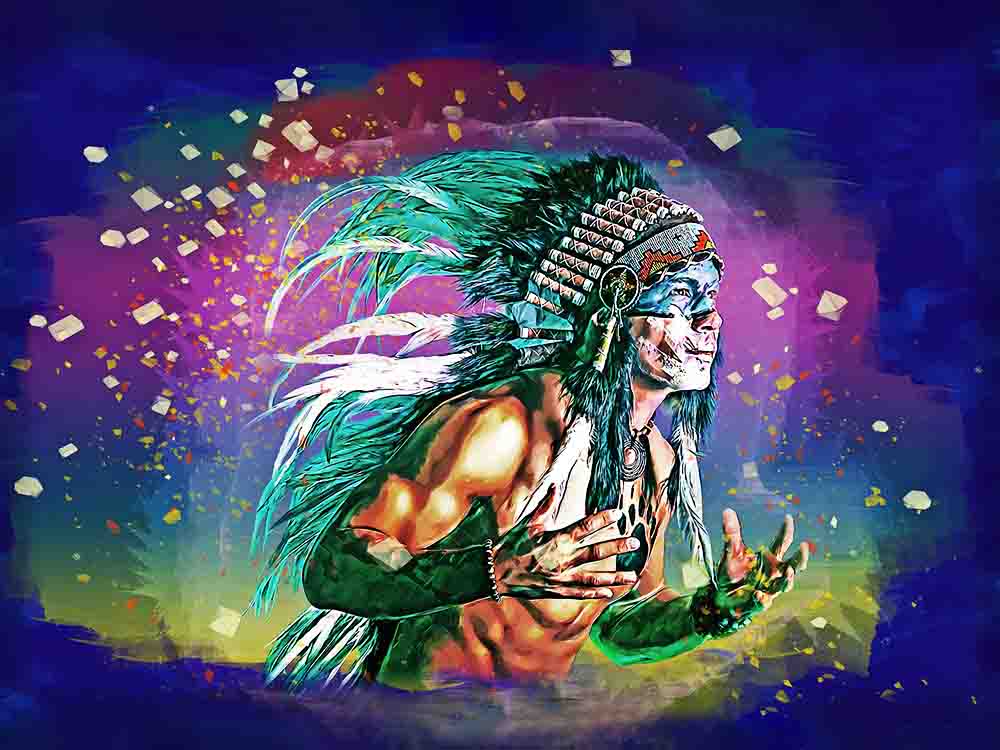What is Indigenous Futurism?
The term Indigenous Futurism was coined by Dr. Grace Dillon in her 2003 book Walking the Clouds: An Anthology of Indigenous Science Fiction. This is a movement that spans music, film, visual arts and popular culture. Indigenous Futurism imagines a world where colonization hadn’t disrupted the civilization of indigenous people. It paints a picture of indigenous people in the future – in a world that could have been.
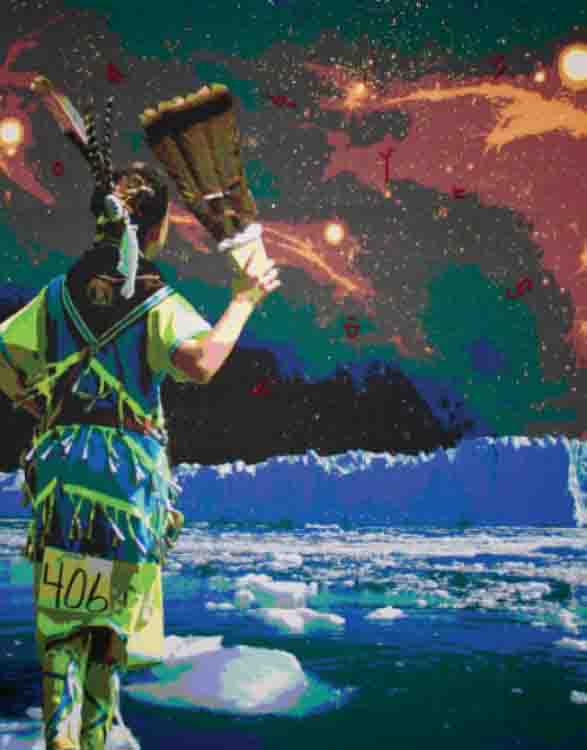
Indigenous Futurism can be seen as a parallel to Afrofuturism. Think movies like Black Panther and music like Dirty Computer by Janelle Monae. Just like Afrofuturism, Indigenous Futurism combines culture and traditional knowledge with futuristic ideas and settings.
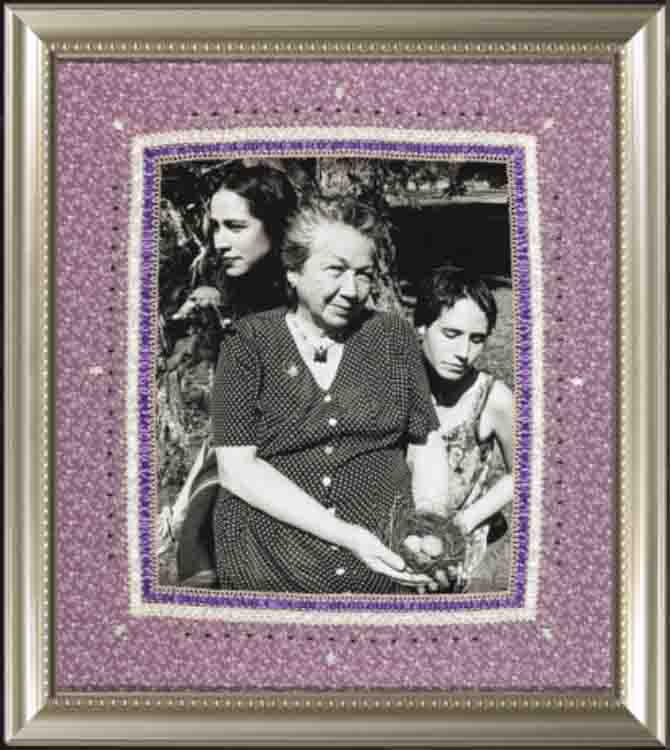
Contrary to the current state of popular culture, where Indigenous people are often portrayed as living in the past – Indigenous Futurism portrays an alternative world where science fiction and visual arts combine and result in a futuristic representation.
Indigenous Futurism in Fashion
Fashion in this sphere takes inspiration from Pueblo pottery designs and fuses it with futuristic imagery. The Aconav Fashion Line, founded by Valentina and Loren Aragon, is a great example of Indigenous Futurism fashion. The line consists of bold and futuristic patterns inspired by Navajo heritage. It’s also influenced by the Aliens film franchise.
Indigenous Futurism in Art
Indigenous Futurism in art challenges the incorrect perception of Indigenous cultures and traditions. Visual art is the best medium for reimagining Indigenous traditions, culture, and identity. Artists in this space have confronted tropes of science fiction with their art: UFOs marking the first contact with extraterrestrial beings, post-apocalyptic landscapes, and alien figures straight out of Space Invaders.
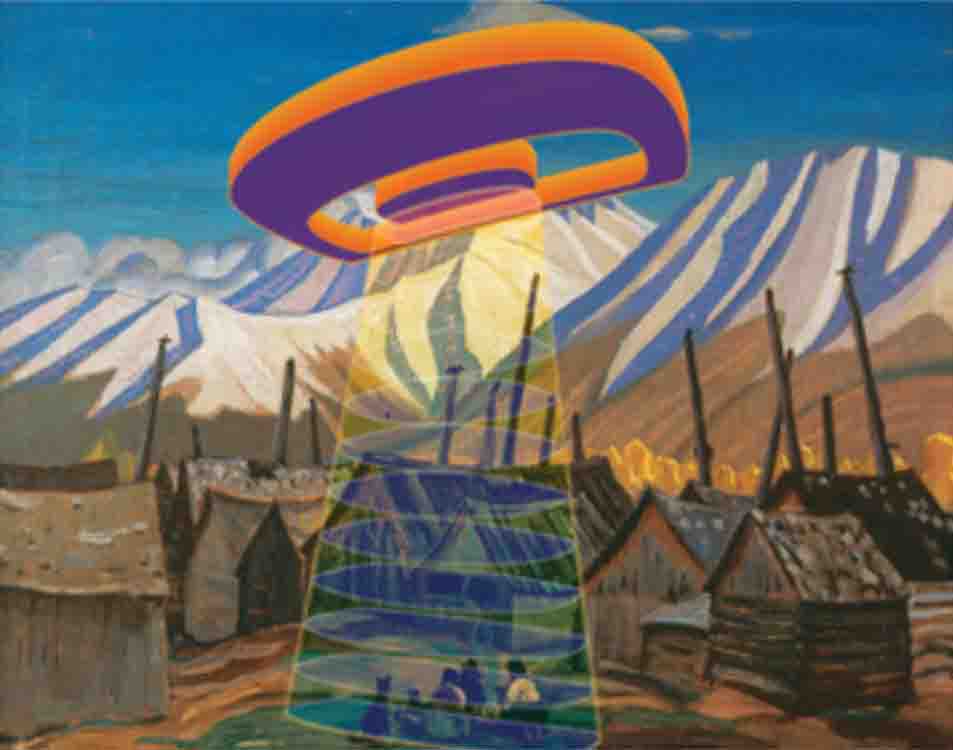
Notable artists working within the field of Indigenous Futurism include Skawennati, a multi-media artist best known for her project TimeTraveller۔
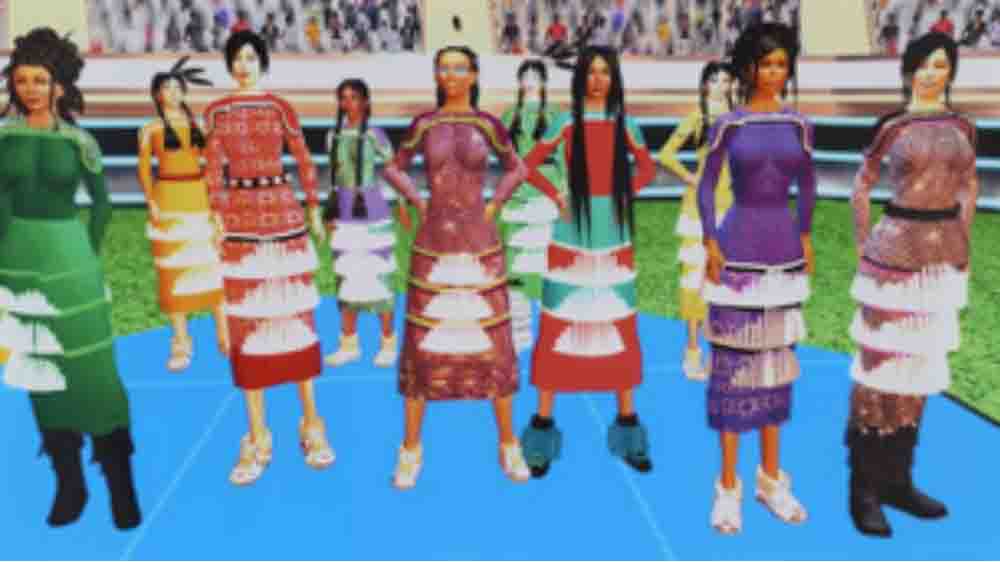
Indigenous Futurism in Popular Culture
From music by A Tribe Called Red to Video Games like Terra Nova – Indigenous Futurism has often been reflected in pop culture, mainly through the medium of visual arts. Tauren, a character from World of Warcraft, was loosely based on Native American culture and can be seen as a representation of Indigenous Futurism in mainstream Hollywood. Chakotay from Star Trek is another example in this sphere. There is a presence of the same themes in music like Yamantaka//Sonic Titan, films like The 6th World, and the clothing of Loren Aragon. Another example is the CBC Music Show Reclaimed, hosted by Jarrett Martineau, which explores the contemporary Indigenous music being made all around the world.
In video games, Indigenous Futurism has allowed indigenous communities to create an alternative narrative of their future and identity, with the help of First Contact scenarios and Indigenous-inspired game characters.
Indigenous Futurism in Film
In science fiction films, indigenous people are rarely ever seen existing a few decades from now. There have been a few exceptions, like Star Trek’s Chakotay. But the gap still remains wider than ever.
While there hasn’t been much mainstream Hollywood representation in terms of Indigenous Futurism, films like Wakening by Filmmaker Danis Goulet and TV shows like The Hunt explore themes of Indigenous resistance, reconciliation, and identity via visual storytelling mediums.
Indigenous Futurism in popular culture, science-fiction, film, and art aims to aid the processes of decolonization. With Afrofuturistic movies like Black Panther gaining worldwide popularity and acclaim, there is hope that the movement will extend to include Indigenous stories too.
Looking to explore more art genres? Head over to Joe Latimer.com for a multidisciplinary, visually stunning experience. 🎨👋😁
Enjoy this blog? Please help spread the word via:


